Perhaps the most unpleasant problem we face with our drainage is the toilet bowl blockage. In such an event, the bathroom may flood and the toilet function may not be available. On this page we will see how the toilet clogs, what to do to deal with it and when to call professionals to unclog the toilet .
Causes of Τoilet bowl blockage
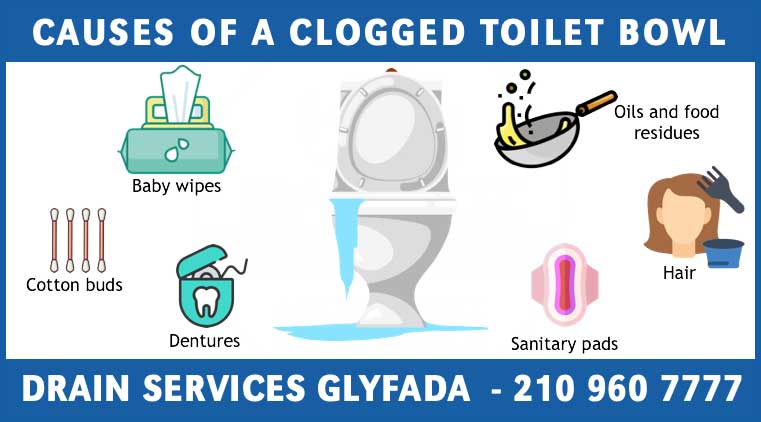
The toilet bowl is mainly clogged by objects that are not flushed down the drain and become trapped in the pipes. But what are these objects that create the blockage of the bowl?
Poor workmanship and poor design of the network can be another serious reason for your drain to become clogged. Narrow pipes, sharp angles at the joints of the pipes, are some of the elements that can make it easier for the toilet bowl to become clogged. Also, the age of the network combined with the constant use of the toilet creates a weakness in the functioning of the drain and possible blockage.
Toilet bowl blockage are extremely common and are usually due to a combination of factors. The causes can be divided into two broad categories, namely causes from everyday use and causes from technical/structural problems .
Causes of toilet bowl blockage from daily use
These are the most common causes and are directly related to what we put in the toilet.
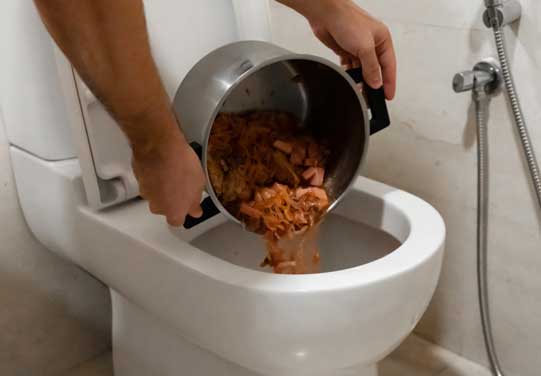
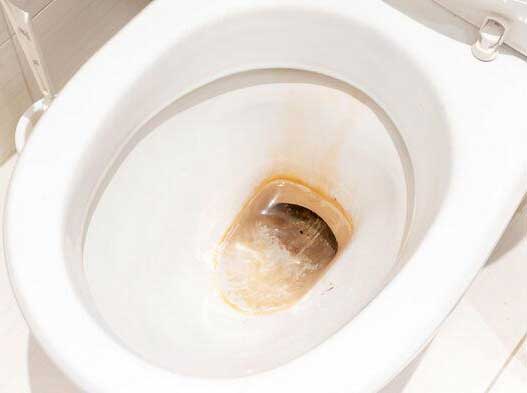
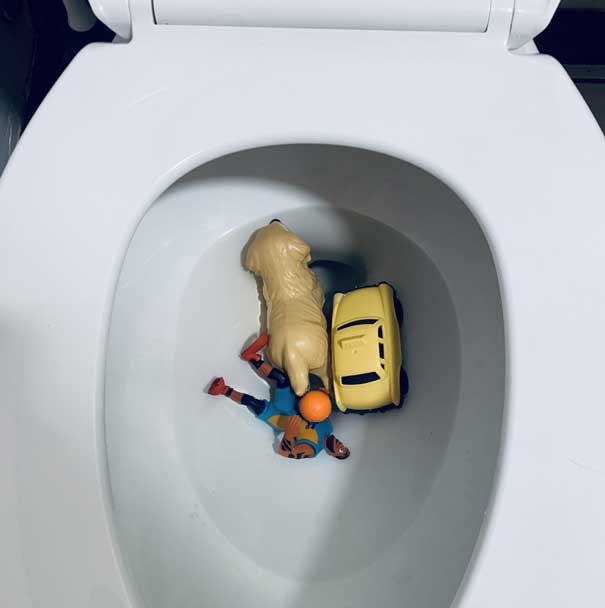
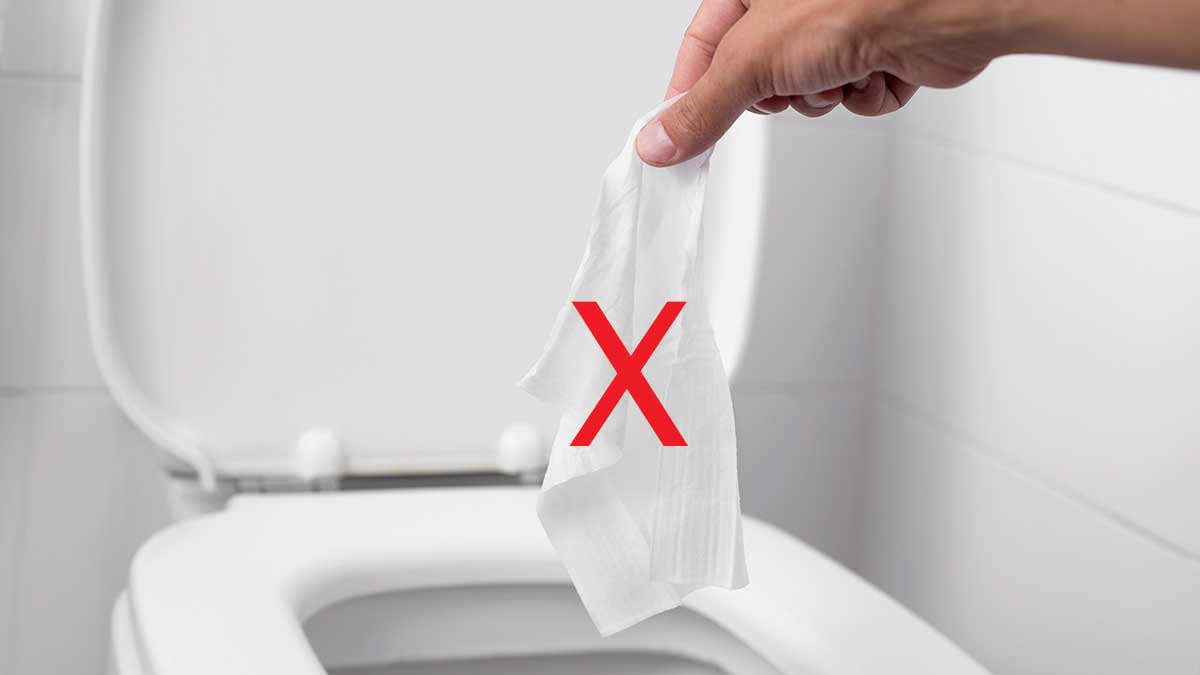
- Food particles, sauces, soups and fats. When cooking oils and fats are poured into the basin (of course, they are not allowed to be poured into the kitchen sink either), after coming into contact with cold water, they harden and stick to the walls of the pipes, creating a thick layer that prevents flow. Also, food residues , even small residues (rice, pasta, coffee beans) accumulate and become one with the fat, creating a dense mass.
- Wooden toothpicks do not break down easily in water. Instead, they absorb water, swell, and block the flow. They can also “catch” other debris.
- Hair from the head or body doesn’t break down. It binds together and with other materials (like soap), creating webs that trap other debris, forming giant balls that completely block pipes .
- Soap that may fall into sinks can build up. Hard water also combines with soap to create a viscous substance (scum) that sticks to pipes and reduces their diameter .
- Sanitary products like cotton buds are non-biodegradable and create blockages. In addition, sanitary napkins and tampons do not dissolve in water and when left in the toilet, they swell and cause serious blockages.
- Small objects such as toys that children may drop while playing.

ΑιCauses due to technical or structural problems
Even if we are very careful, sometimes blockages are due to problems with the sewage system itself.
- If the pipes do not have the appropriate slope , waste and water do not flow in the direction of the drain, but remain stagnant and accumulate.
- Cracks, collapse, displacement of pipes due to age, loosening of the Τoilet bowl floor due to poor fit are also causes of Τoilet bowl blockage.
- Old homes may have very small pipes that do not meet modern needs and clog easily.
- A problem with the vent, which is the pipe usually located on the roof that ensures air enters the sewer system. If it is blocked, it creates an air vacuum inside the pipes, which prevents water from “flowing” down the waste, resulting in what appears to be a blockage.
- Over the years, even small amounts of waste (such as small amounts of grease) can create a layer on the walls of pipes, gradually reducing the diameter until it becomes completely blocked.
How to prevent Τoilet bowl blockage
Prevention is the key to avoiding messy and costly toilet clogs. The rules are simple, but they require discipline from all household users.
- Educate all tenants, especially Airbnb guests and short-term rentals in general . Make sure EVERYONE in the home (and guests) knows the rules. This is especially true for children.
- A trash can next to the toilet: This is a MUST. Provide an easy alternative for disposing of pads, tampons, and other sanitary products. Without a bin, people will just throw them in the toilet.
- Regular washing with hot water and baking soda . About once a week, pour half a cup of baking soda into the sink. Then, add half a cup of vinegar. Let it sit for 30 minutes (or even overnight). Then, pour a pot of hot water over it to rinse the mixture and loosen any small buildup.
- Check the water flow: Make sure the toilet flushes properly and that the toilet is filling with the proper amount of water. Low water pressure does not effectively “push” waste.
Why and when to call us for BLOOD BLOCKAGE
The reasons to call professionals to unclog the toilet are more or less obvious. First of all, the malfunctioning of the toilet is one of the most important elements of a sewer, which is why we must protect it. The risk of the toilet flooding with sewage from the toilet is also another bad possibility. In this case, harmful bacteria can contaminate areas inside the house. If there are small children in the house, the issue becomes even more dangerous.
Finally, if a blockage occurs once in the basin and the causes are not thoroughly examined, it is most likely that you will face the same situation again. Choosing professionals is the right choice if you want to know what the problem really is. Using modern and reliable diagnostic tools such as a sewer camera, we can find the causes at any depth of the sewer.
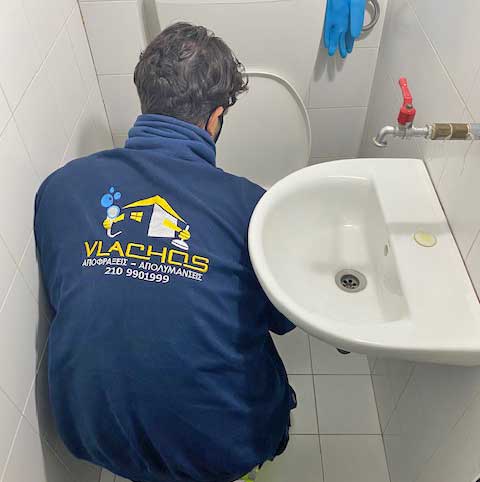
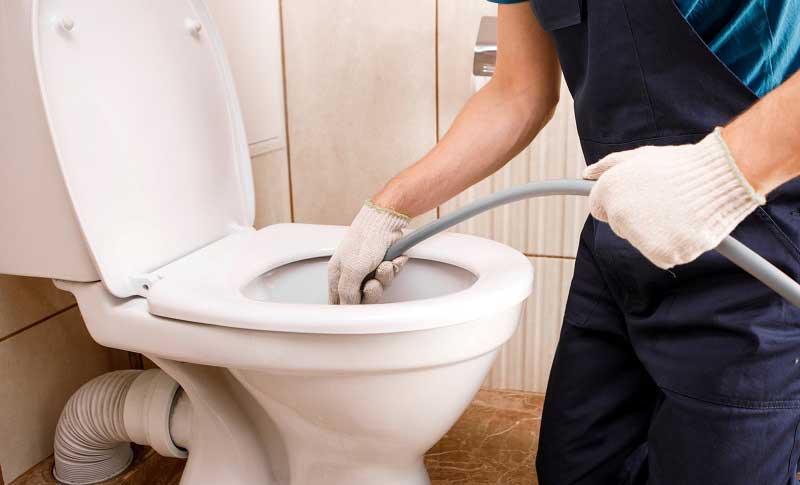
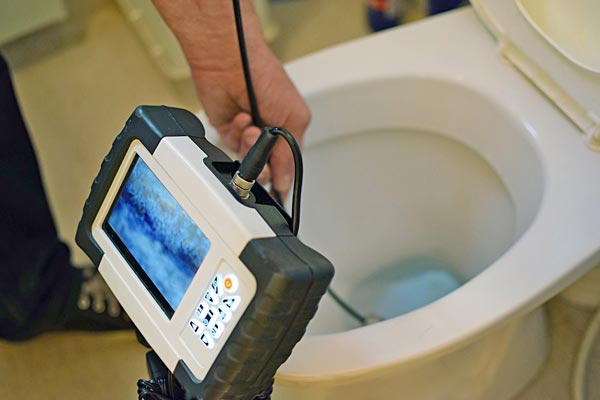
If you have tried all the amateur ways to unclog the toilet but still can’t find the solution, contact specialized technicians. Also, if the toilet clogs repeatedly, it certainly increases the risk of major damage to your sewer system.
If you have frequent blockages for no apparent reason, there may be a structural problem (e.g. broken pipe, incorrect slope) and you should call us to send a technician for diagnosis. If the blockage is recurring or if simple methods (suction cup, chemicals) do not work, call us immediately . We have the specialized equipment and experience to diagnose and solve the real problem without damaging the pipes.
FAQ about Τoilet bowl blockage
A very easy way to unclog the toilet is to use a wire hanger. Straighten the wire of the hanger with pliers and bend the end to form a small hook. Wear gloves and carefully insert the wire into the toilet drain. In the places where you notice that there is an obstacle on the natural surface of the pipe, try to clean it. At the end of the operation, pour 3 liters of hot water into the drain to wash away the debris and you are ready.
A very easy solution to unclog the toilet with materials that we all have at home is using baking soda and white vinegar. The steps are very simple. Fill a cup with baking soda and white vinegar and pour it into the toilet. The mixture will begin to liquefy the stuck residues that are blocking the drain pipe. 15 to 20 minutes later, pour 3-4 liters of hot water into the toilet to completely clean the pipe. If the problem is not completely solved, repeat the process.
If you try to unclog the toilet, you should pay attention to the following:
– Wear gloves to protect yourself from germs and any chemicals.
– Avoid using chemical products. Commercial chemicals are one of the causes of pipe damage, especially in older networks. They are also very unhealthy to breathe and very bad for the environment.
– If the toilet does not unclog, do not use equipment that you do not handle properly because it may cause a leak and serious damage to the drain pipe.
As strange as it may seem, it is very likely if the blockage is not deep in the drain. Coca-Cola contains phosphoric acid. It is known that this acid can make holes in our teeth as it corrodes the enamel. By the same token, it dissolves the sewage that has blocked the passage of the toilet pipe. It is a good idea to give the Coca-Cola at least two hours to do its job without using the toilet. Finally, pour 2-3 liters of hot water.

